The Most Promising Automotive Technologies for 2019
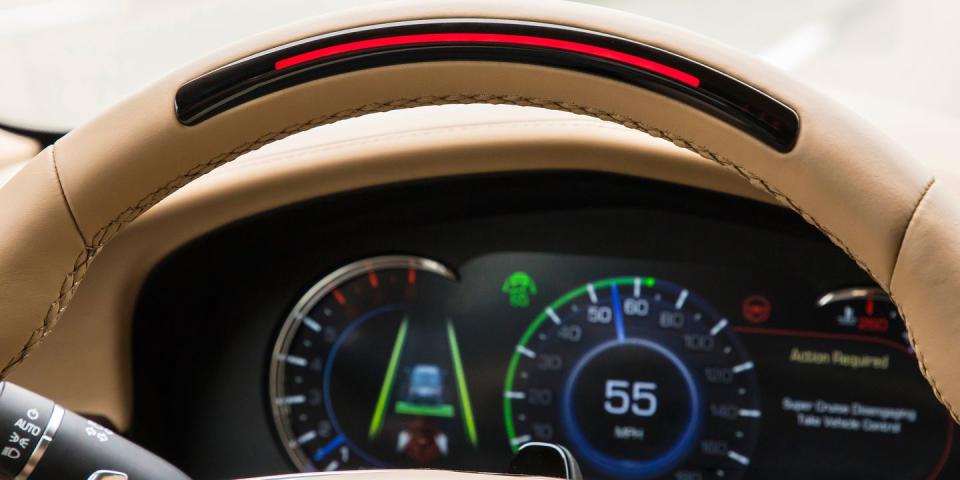
Mirrorless Mirrors
The auto-show trope of replacing side mirrors with cameras is no longer just a concept-car fantasy. Outside the United States, the 1035-hp McLaren Speedtail and the Lexus ES will provide drivers with video streams of their blind spots. Compared with mirrors, cameras offer wider views, lower aerodynamic drag (the Speedtail's can retract into the body in Velocity mode to achieve the car's claimed 250-mph top speed), and digital image enhancement to compensate for poor visibility. Regulatory hurdles will keep this technology from U.S. drivers for now, but as with laser headlights, it's only a matter of time before America catches up with the rest of the world.
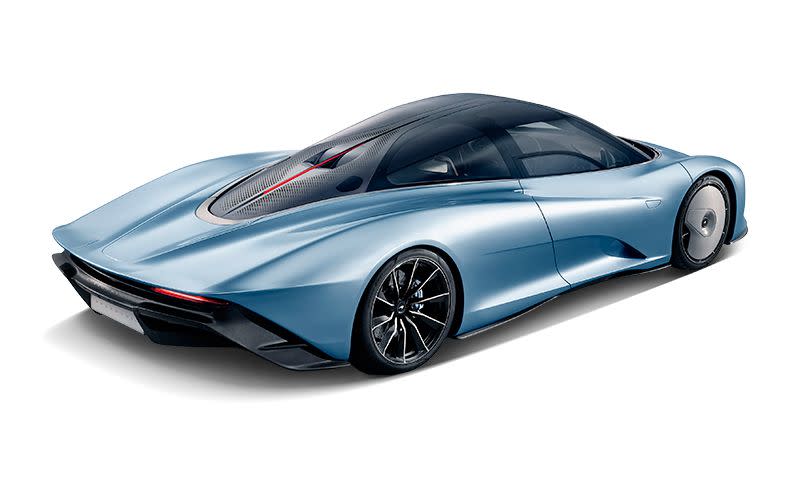
Put It on the Glass
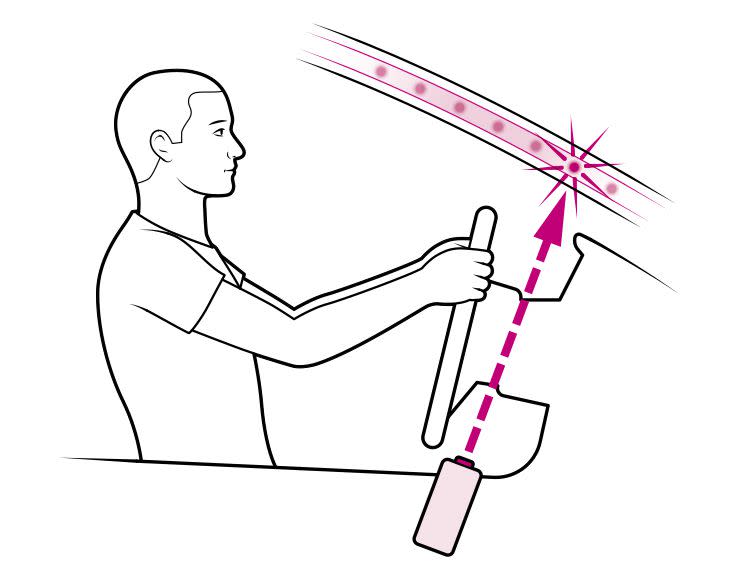
Supersizing the head-up display (HUD), Japan's Sekisui Chemical can laminate windshields with a film that includes a light-reactive material. A dash-mounted laser projector activates the material, displaying such things as navigation instructions, vehicle speed, and alerts anywhere on the windshield. Tied into driver-assistance systems, Sekisui's whole-windshield HUD could point out pedestrians, wildlife, or other hazards on the road ahead.
Ringing In the Future
Orbis's Ring-Drive wheels could be the lightweight solution to the heft of in-wheel electric motors. Rather than the usual hub-centric motor, Orbis uses a small, light, low-torque motor offset from the wheel center that drives a ring gear attached to the barrel of the wheel. Orbis claims that the entire electrified wheel assembly is lighter than the conventional wheel, hub carrier, and brake system it replaces. The most obvious application is an electric all-wheel-drive system as seen in the company's Honda Civic Type R demonstrator, which gains 50 horsepower and 81 pound-feet of torque at each rear wheel.
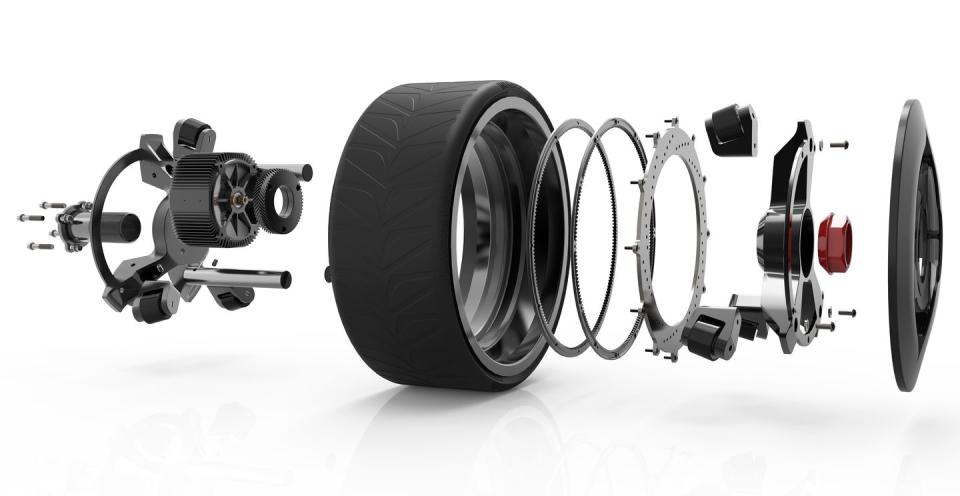
Phone Fob
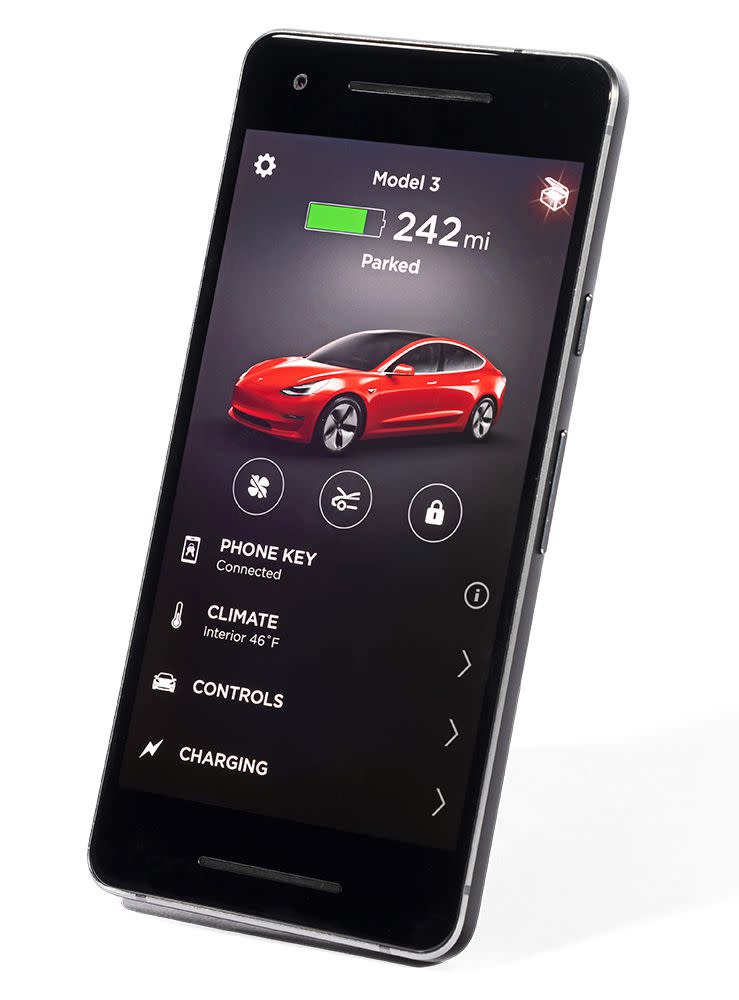
We can use our phones to turn on lights, preheat an oven, and water the lawn. Why not start our cars with the device that's always with us? Model 3 owners can already unlock and power on their Teslas via their phones' Bluetooth, and automakers might also start using near-field communication (NFC), the tech behind Apple Pay and Google Pay, to do the same. NFC doesn't have the range to unlock a vehicle as you approach it, but it does have the distinct advantage of working even when your phone's battery is dead.
From Trash to Treasure
The current practice of using dedicated vehicles to map roads doesn't really scale, which prevents automated vehicles' range from extending beyond highways and city centers into small towns and rural areas. With that in mind, Continental and the Michigan Department of Transportation have partnered to test the idea of using the service vehicles that traverse our roads to do the dirty work. If the vision becomes reality, vehicles such as garbage trucks, snowplows, and police cars could be equipped with the necessary sensors to create and update maps as they cover their daily routes.
EVs Unplugged
Wireless, or inductive, charging technology could chip away at the long recharging times we've come to associate with EVs. With such tech installed in retail parking lots, drivers might take advantage of the convenience of wireless charging to add range as they run errands. Induction uses magnetic fields to transfer energy from the charging pad to the car, and it can be just as efficient as plugging into the wall. Wireless charging pads from Continental and WiTricity transfer electricity at up to 11 kW; 6 to 7 kW is typical from today's public AC equipment.
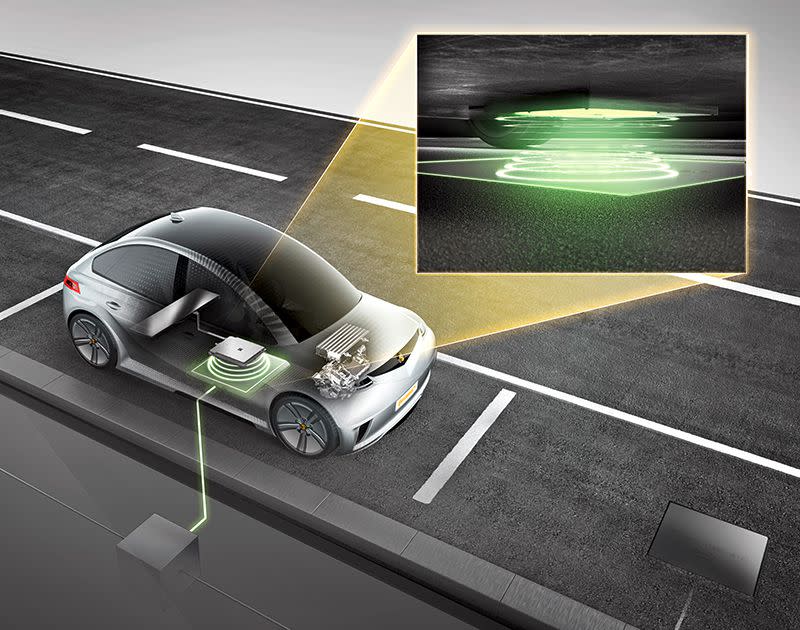
Attention Deficit Disrupter
Driver-monitoring systems like Subaru's DriverFocus are annoying. Which is the point, since anything that's going to keep a driver's eyes on the road needs to be more persuasive than the addictive apps we carry everywhere we go. Similar to the attention monitor that's part of Cadillac's Super Cruise system, DriverFocus uses an infrared camera to intuit where the driver is looking. (This differs from systems like Mercedes' Attention Assist, which gauges alertness primarily by monitoring steering inputs.) Take your eyes off the road for more than three seconds and the system chimes to call your attention back to the view ahead. Ignore the warning long enough and the vehicle will even slow to a stop. Yes, you can turn off DriverFocus, but there's an even better way to shut it up: Keep your eyes on the damn road.
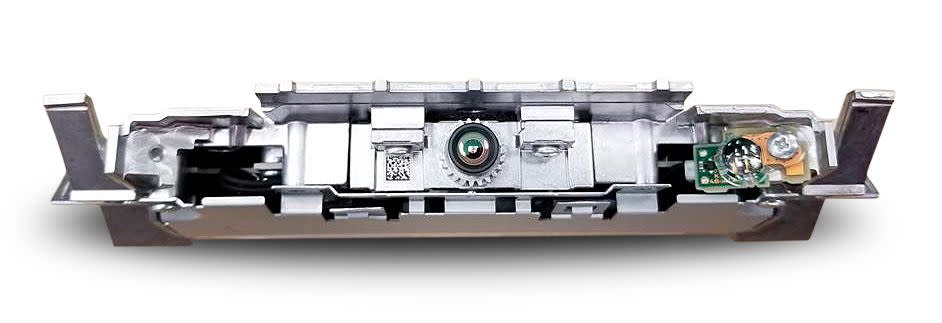
Underground Data Mining
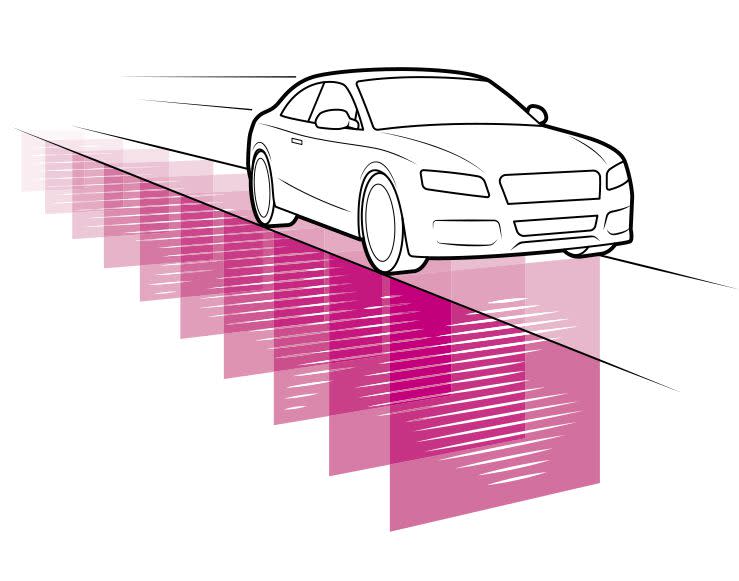
WaveSense's very high frequency ground-penetrating radar reads unique patterns of subterranean pipes, rocks, and roots like a fingerprint in order to help a vehicle understand its exact location in the world. Developed at MIT and used by the U.S. military in Afghanistan to navigate unmarked routes through blowing sand and dust, it could help highly automated vehicles negotiate our streets without relying on the constantly changing above-ground landmarks that can also be shrouded in snow, rain, or fog.
Electric Squeeze
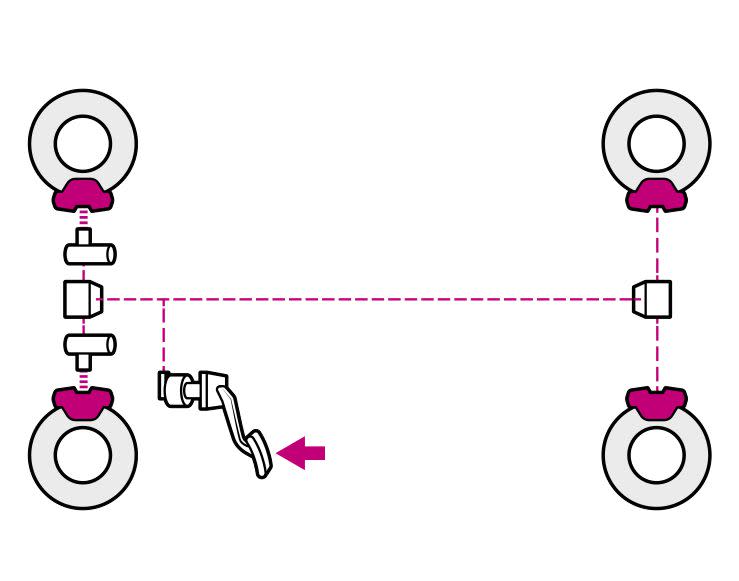
After electrifying power-steering and suspension components, automotive engineers are unleashing their multimeters on braking systems. Brake-by-wire is already widespread among hybrids and EVs, but increasingly it's being paired with conventional powertrains like those in the Cadillac XT4 and the Alfa Romeo Giulia and Stelvio. Compared with purely hydraulic setups, brake-by-wire systems save weight, build pressure more quickly, and offer greater tuning flexibility. As they master the nuances of brake-by-wire systems, engineers will likely adapt the pedal feel and response based on driving modes and improve the handoff between regenerative and friction braking in electrified vehicles. Brake-by-wire sends an electronic signal from the pedal to an electric actuator that pushes hydraulic fluid to the calipers, although Brembo also envisions running electromechanical calipers at the rear axle in the future, just as Formula 1 cars have done for years.
Unheavy Metal
Magnesium plays a minor role in today's multimaterial cars, but Allite's new Super Magnesium stands to promote wider use of the lightweight metal. Lighter than aluminum by volume and stronger and stiffer by weight, it costs only half as much as carbon fiber does. Mixed with rare-earth metals, Super Magnesium offers improved corrosion resistance, weldability, and multidirectional strength compared with existing magnesium alloys. While it currently costs about 20 to 35 percent more than aluminum, Allite hopes that process improvements and greater scale will bring Super Magnesium to price parity or lower. The metal can be cast, forged, or extruded for applications ranging from suspension links to body components. Test samples are just now getting into manufacturers' hands, so don't expect this particular magnesium in a production car until at least 2020.
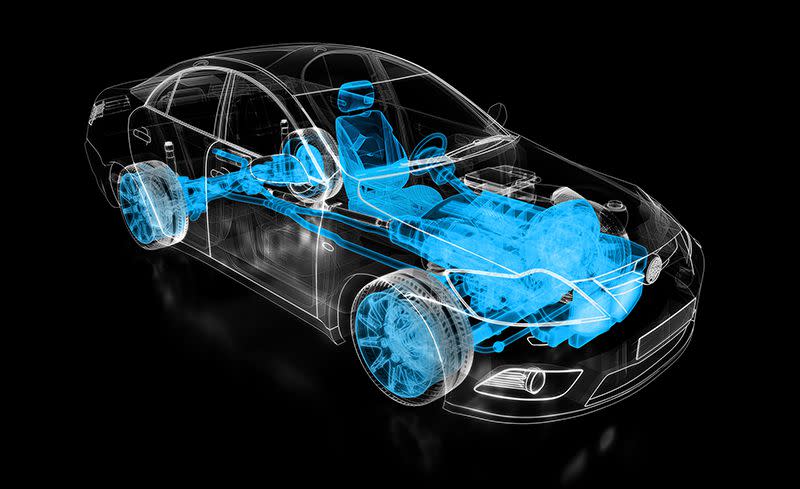
('You Might Also Like',)

 Yahoo Autos
Yahoo Autos 